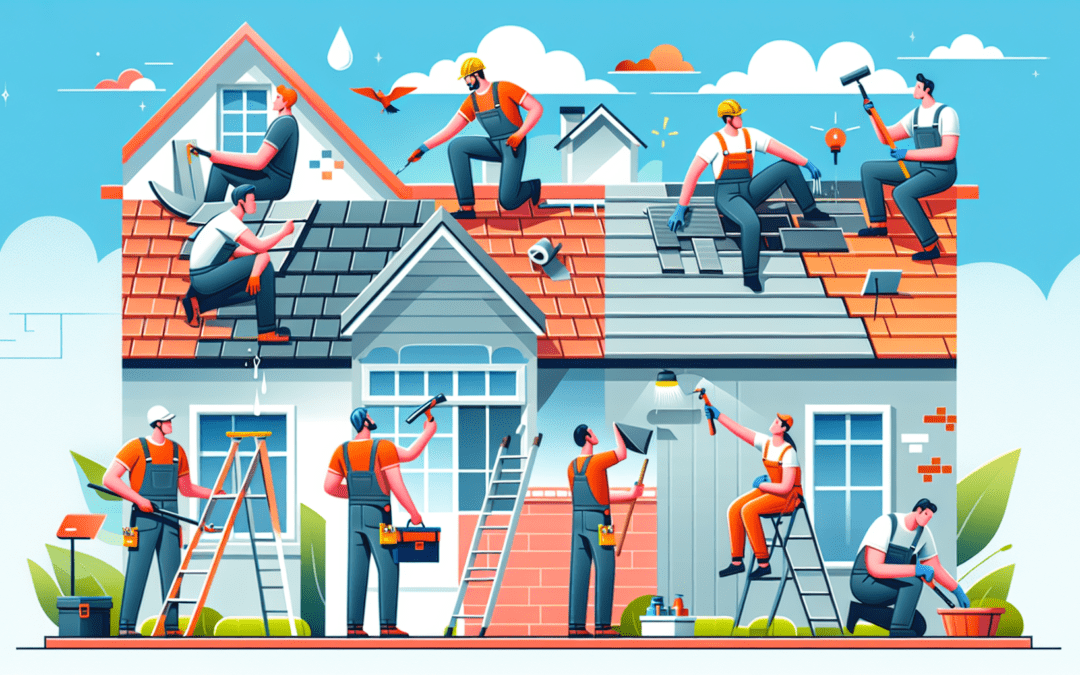Roof Repair: Essential Tips and Techniques
Roof repair is an integral part of maintaining your home. A well-kept roof not only enhances the aesthetic appeal of your house but also safeguards the entire structure from potential damage. Whether it’s due to normal wear and tear or severe weather conditions, knowing when and how to repair your roof can save you from costly replacements and extend the lifespan of your roof. Here, we delve into some essential tips and techniques for effective roof repair.
1. Inspection is Key
Regular inspection is the first step toward maintaining a healthy roof. It’s advisable to inspect your roof at least twice a year, as well as after any significant weather events. Look out for signs of damage such as missing or broken shingles, clogged gutters, moss growth, and any visible wear around roof fixtures. Early detection can prevent minor issues from escalating into major problems.
2. Clean Your Gutters
Clogged gutters can lead to water damage, which is one of the primary causes of roof problems. Ensuring that your gutters are clean and free from debris allows rainwater to flow freely, reducing the risk of water pooling and eventually causing leaks into your home.
3. Repair or Replace Damaged Shingles
Damaged or missing shingles compromise the integrity of your roof. To replace a shingle, carefully remove the nails from the surrounding shingles and slide out the damaged piece. Replace it with a new shingle, securing it in place with roofing nails. Apply a sealant around the edges to ensure it’s watertight. For repairs, roofing cement can be used to fix minor issues, such as small cracks or curled edges.
4. Address Flashing and Sealant Issues
Flashing, which is used to seal transitions on roofing materials where water runoff is concentrated, can sometimes be a source of leaks. Inspect these areas regularly and replace or repair any damaged flashing. Similarly, check the sealant around roof penetrations like vents and chimneys for cracks or wear and reapply as necessary.
5. Know When to Seek Professional Help
While some minor repairs can be a DIY project, certain situations call for professional intervention. If the damage is extensive, affects the roof structure, or if you’re not comfortable working at heights, it’s wise to hire a certified roofing contractor. A professional can assess the damage accurately and ensure repairs are carried out safely and effectively.
6. Prevention Is Better Than Cure
Preventive measures can significantly prolong your roof’s lifespan and minimize the need for repairs. This includes trimming overhanging tree branches, which can damage the roof during high winds, and ensuring proper attic ventilation and insulation to prevent heat and moisture buildup.
Implementing these tips and techniques for roof repair can dramatically enhance your roof’s durability and functionality. Remember, taking proactive steps to maintain and repair your roof not only protects your home but also offers peace of mind. Stay vigilant, be prepared to address issues promptly, and when in doubt, always consult with a roofing professional to ensure your roof remains in optimal condition.

